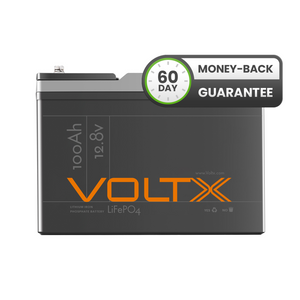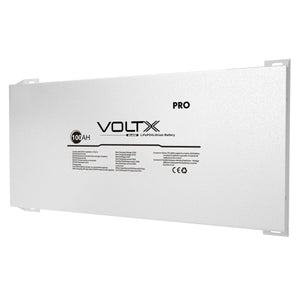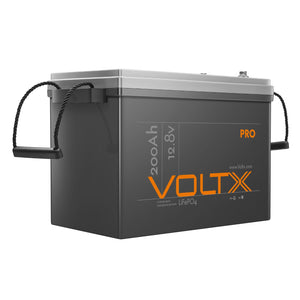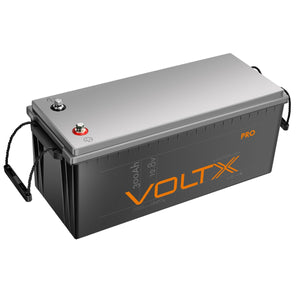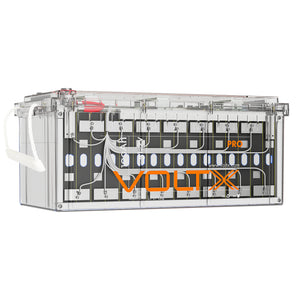Before we delve further into the topic of 4WD dual battery setups, let's define the basics first. A dual battery system is basically two batteries supporting a vehicle. One is used as a starter battery, while the other one serves as an auxiliary battery to power other gear and accessories. Why is this necessary for recreational and 4x4 vehicles? You can't just use one battery to kickstart your engine and run your electronic essentials such as portable appliances. The battery power needed for both applications is totally different.
While a vehicle's engine needs short, strong bursts of power to effectively start, your accessories onboard require a longer, consistent supply of power. This is best provided by a deep-cycle battery with its 80% depth of discharge meant for extended periods of use.
How Does a Dual Battery Work In 4WD?
Two 4WD batteries or sometimes called 4x4 batteries function separately. Your starter battery works with your alternator to power your vehicle and its electronics, while your secondary battery goes into action once your vehicle is turned off and you need to run all gears you have inside your ride. This could be anything from appliances to lights that you need to operate without having to keep your engine running. The independent functioning of batteries is made possible through the isolator, which also ensures that both of them charge so you never lose power whether for your 4WD or accessories.
What Is Needed For a Dual Battery Setup?
A 4WD dual battery installation would require an isolator, a dual battery monitor, and all the necessary wirings. Having a battery monitor is both efficient and convenient as it allows you to easily track how much usable power you have. If you don't want to bother purchasing separate batteries, there are dual battery kits you can buy such as the Kings Dual Battery System. If buying a separate deep-cycle battery is not an issue, you can check out our LiFePO4 from Outbax for quality yet affordable power packs.
How Do I Add a Second Battery To My 4WD?
Usually, installing a 4x4 dual battery system is a job for professionals but if you know your way around batteries and wirings, you can give it a go yourself. First, make sure you have an area that is big enough for dual batteries either in your engine bay or in a ute if you have one. A typical deep-cycle battery would need strong support such as a steel tray, which should be built with maximum durability to protect the battery as well. While fixing up your second battery, see to it that it is away from any source of heat or engine components that will get hot while in use.
When it comes to wiring and switchgear, this is largely dependent on whether the user would set it to operate as a starter battery or battery for powering the campsite. For added convenience, you can try the automatic solenoid switching which instantly disconnects the auxiliary battery from the main battery once the engine is turned off. When you switch your engine on again, this secondary battery is reconnected to the engine for recharging.
Is a Dual Battery System Worth It?
Your camping preferences will define if a 4WD dual battery setup is right for you. If you like to stay at campsites where a mains power is available, you won't necessarily need this kind of system. However, if you're more into off-grid camping, a dual battery system will definitely be useful since you need to make sure you will never be short of power. Want an additional power source? You could try installing a 4WD dual battery setup with solar panels, so you can keep your batteries charged during the day and use the stored power during the evening.
More from Outbax
Upgrade your 4WD now with the best deep-cycle secondary battery. Here at Outbax, there are plenty of excellent rechargeable battery packs to choose from such as our slimline batteries. You get maximum power output and extra space in your vehicle plus, since they are LiFePO4 batteries, you get the benefit of added safety too. Need solar panels? We got those as well and in different types for more options! We're every outdoor adventurer's one-stop shop for affordable, quality gear, so make sure to browse through our collection of lithium batteries, solar panels, inverter generators, and other camping must-haves.
